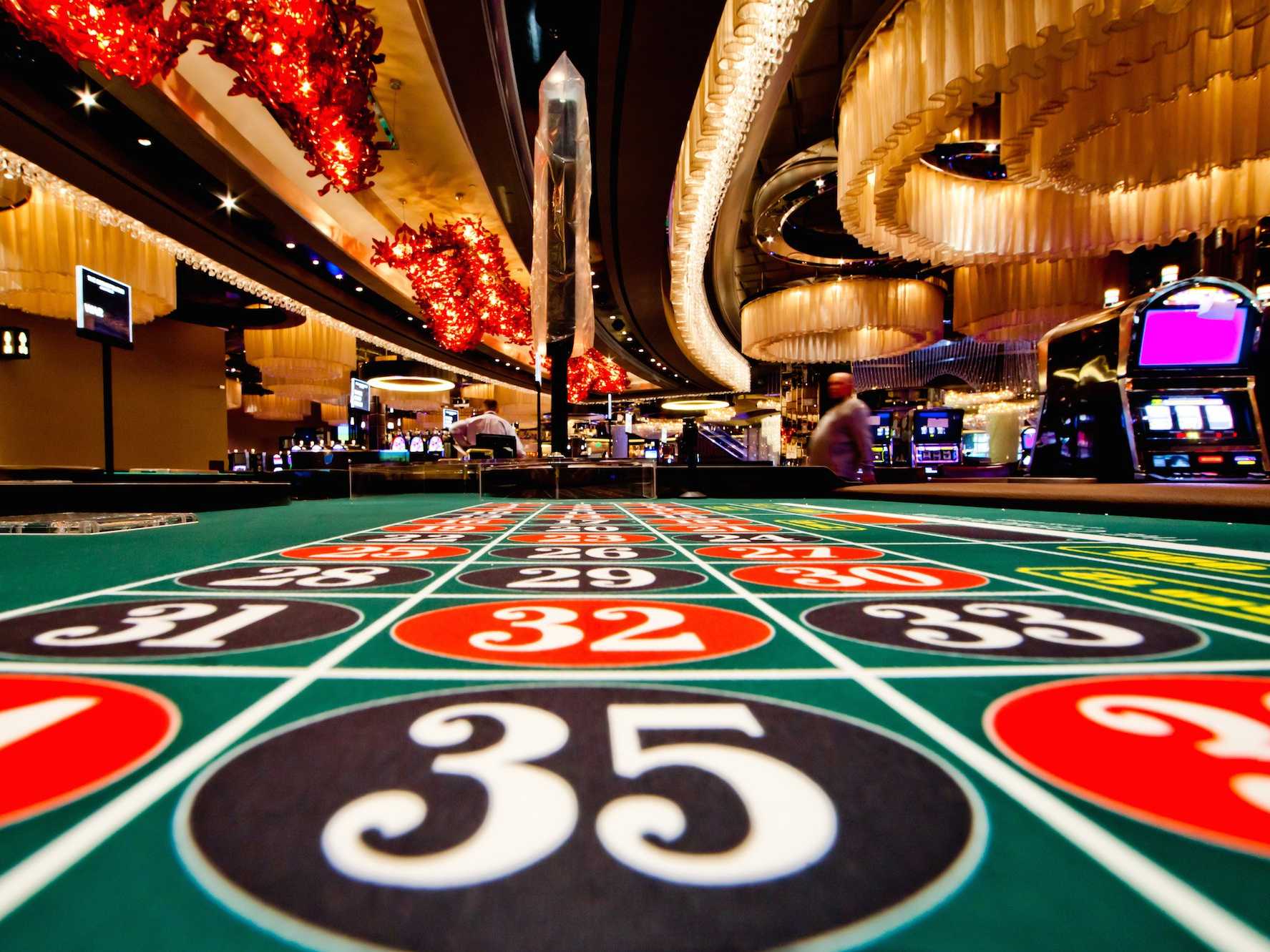
The realm of gambling games has long fascinated players with its combination of adventure, tactics, and the suspense of luck. As technology advances and the gaming landscape transforms, an innovative approach known as gamification has started to transform the way we experience these classic activities. By including gaming elements such as tasks, rewards, and progress tracking, gamification enhances player interaction and changes the old-fashioned casino atmosphere into a more interactive and inviting space.
Gamification in casino games not only draws to experienced players but also draws in a new group of players who desire a more immersive experience. Featuring features that encourage participation and foster community among participants, the game-based elements infuse fresh energy into beloved classics like casino poker, 21, and fruit machines. As we dig further into this phenomenon, we will explore how gamification is transforming the casino atmosphere, making it more inclusive, entertaining, and beneficial for all involved.
Grasping Game Mechanics
Gamification denotes the application of gaming features in real-world environments to boost user engagement and experience. In the domain of casino games, this idea has gathered notable traction, changing traditional gaming into a more interactive and satisfying experience. By incorporating features such as tokens, stages, and benefits, casinos can create an ecosystem that encourages players to engage more frequently and for longer periods.
At the core of gamification is the urge to harness the natural motivations of players. Casino games that employ gamification methods are shaped to not only delight but also to encourage rivalry and achievement. Players are often compelled to the prompt responses and advancement monitoring that these elements provide. This not only keeps them involved but also cultivates a feeling of success as they achieve objectives and access additional elements.
Additionally, gamification can improve social engagement among players, creating a community atmosphere that improves the pleasure of gaming experiences. Elements such as ranking systems, team challenges, and collaborative tasks allow players to link with fellow players, share stories, and compete in a friendly manner. 32win com This social aspect adds an extra dimension to the gaming experience, allowing it to be even more captivating and enjoyable for participants.
Impact on Gamer Interaction
Gamification methods in casino games have remarkably transformed the way players interact with their favorite pastimes. By incorporating elements such as incentives, scoreboards, and accomplishment icons, gambling establishments create an setting that fosters a more profound relationship between users and the activities they prefer. This enhanced engagement contributes to longer gaming periods and heightened player dedication, as users work to reach new milestones or receive unique incentives.
Additionally, the interactive component of interactive casino games cannot be overlooked. Many platforms allow gamers to challenge against peers or other gamers, which brings a layer of anticipation and camaraderie. This rivalry drives engagement by accessing into players’ drive to compete, motivating them to come back for additional in order to improve their position or showcase their successes. As a result, the connections between players foster a sense of belonging that keeps players returning.
Additionally, the instant recognition and validation provided by gamification serve to inspire users. It may be a alert of a new achievement or the thrill of earning a prize, these quick recognitions play a crucial role in maintaining interest. By constantly providing users for their efforts, casino games become greater than a pastime; they transform into an immersive engagement that entices players and boosts their overall enjoyment.
Trends in Casino Game Design
The entire landscape of gambling game design is regularly evolving, driven by technological advancements and changing player preferences. One significant trend is the integration of immersive technologies, such as virtual reality and augmented reality, to enhance the gaming experience. These technologies create a more captivating environment, enabling players to feel as though they are in a physical casino, which can lead to prolonged play sessions and increased player satisfaction.
A further trend is the integration of narrative elements into casino games. Game designers are focusing on storytelling to create a stronger connection between the player and the game. This story-centric approach not only makes the games more enjoyable but also motivates players to engage emotionally, which can enhance their overall experience. By blending traditional gaming mechanics with captivating stories, developers are attracting a broader audience who may not have before engaged with casino games.
Finally, the rise of social gaming features is reshaping how players interact with casino games. Many games now incorporate social elements, such as broadcasting achievements or competing with friends, to promote community and engagement. This trend reflects a move towards a more interactive experience, where players can link with others, sharing their excitement and struggles. As casinos adapt to these social dynamics, the act of gaming becomes not just about individual play, but also about building connections among players.